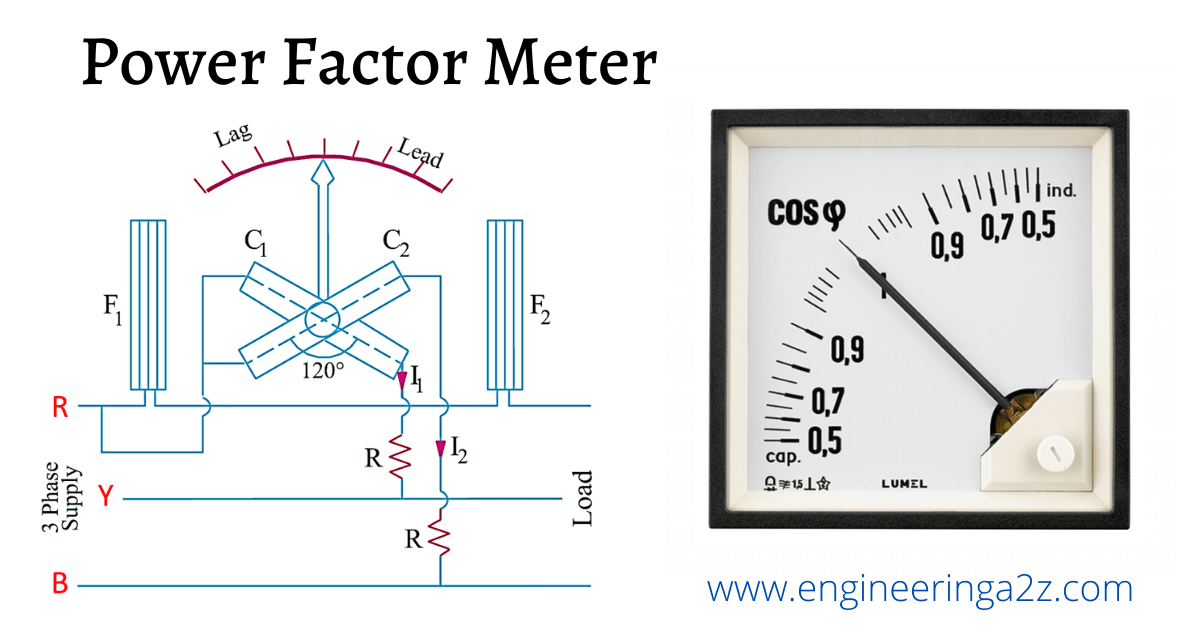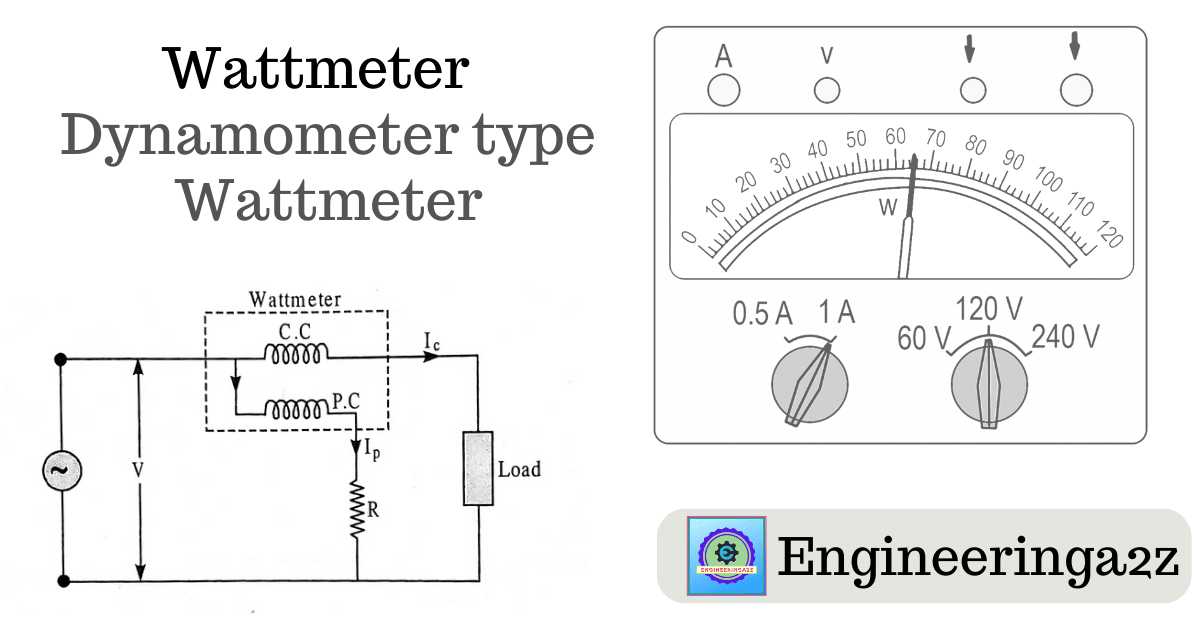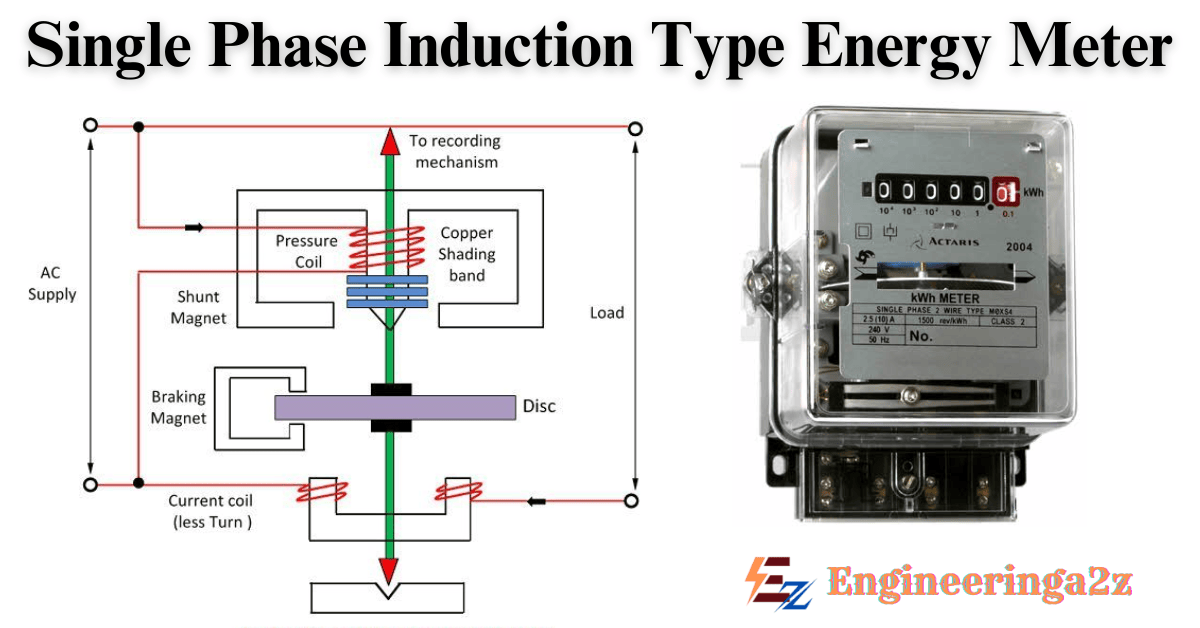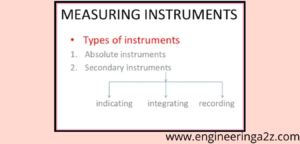
Table of Contents
Frequency Meter
A frequency meter is a device used to measure the frequency of an electrical signal, which can be an alternating current (AC) power supply, radio waves or any other type of periodic waveform.
These meters are commonly used to monitor the supply frequency, especially in generating stations and substations.
Frequency meters play a key role in maintaining the reliability and stability of electrical systems by providing accurate frequency readings.
Electrical Resonance Type Frequency Meter
An electrical resonance type frequency meter is a device used to measure the frequency of an alternating current (AC) supply. It operates on the principle of electrical resonance, where a circuit exhibits maximum current flow at a specific resonant frequency.
It is a type of frequency meter which is used to measure frequency range 45 Hz to 55 Hz of AC supply.

You may also like
Construction of Electrical Resonance type Frequency Meter
A frequency meter consists of two main components: a fixed coil and a moving coil designed to measure the frequency of an electrical supply.
- Fixed Coil – The fixed coil is known as the magnetizing coil, is connected directly to the electrical supply whose frequency needs to be measured. This coil is mounted on a laminated iron core, which helps enhance the magnetic properties.
- Iron Core – The iron core has a cross-section which varies gradually over the length, being maximum near the end where the magnetizing coil is mounted & minimum at the other end.
- Moving Coil – A moving coil is placed on the iron core and is free to rotate. A pointer is attached to the moving coil, which shows the frequency reading on a calibrated scale. The moving coil is connected to a capacitor (C) which ensures that it functions effectively.
- No Controlling Force – Unlike other measuring instruments, the frequency meter does not use a controlling force like a spring or a weight. The movement of the pointer depends on the interaction between the magnetic field created by the fixed coil and the moving coil.
Working of Electrical Resonance type Frequency Meter
The electrical resonance type frequency meter is designed with two primary components:
- Inductor (L): Provides inductive reactance that varies with frequency.
- Capacitor (C): Provides capacitive reactance that varies inversely with frequency.
When the supply frequency matches the natural resonant frequency of the LC circuit, the circuit achieves resonance, and the current reaches its maximum value. The resonant frequency (f) is given by:

Due to the current in the moving coil, the moving coil produces a flux in phase with the current. This flux flows along with the extended core of the fixed coil, Therefore the flux links the moving coil.
Hence, the flux induces an emf across the moving coil. Obviously, this induced emf lags the flux by 90°. Since it is a coil; the moving coil will have some inductive reactance. Again, as it is connected across a capacitor, it will have some capacitive reactance also.
Advantages of Electrical Resonance Type Frequency Meter
- Simple and reliable for steady-state frequency measurement.
- Does not require external power for operation.
- Wide range of measurement.
- Good accuracy.
- Relatively low cost.
Disadvantages of Electrical Resonance Type Frequency Meter
- Not suitable for high-frequency measurements.
- Can be affected by changes in temperature and magnetic fields.
- Requires careful calibration to ensure accurate readings.
Applications of Electrical Resonance Type Frequency Meter
- Used in power systems to monitor and maintain frequency stability.
- Utilized in communication systems for measuring signal frequencies.
- Used in education and training to demonstrate the principles of electrical resonance.
- Helpful in industrial automation systems to monitor electrical supply frequency.
Related Posts
- B.Tech – Electrical Engineering Previous Year Question Papers Download
- Capacitive Transducer | Working | Advantages | Disadvantages and Uses
- Classification of Measuring Instruments
- Electrical Resonance Type Frequency Meter
- Electromagnetic Flow Meter | Construction, Working Principle, and Limitations
- Electronic Flow Meter | Working Principle, Types, and Advantages















Comments (2)
Great and valuable information
you are truly a good webmaster. The website loading speed is amazing.
It seems that you are doing any distinctive trick. In addition, The
contents are masterpiece. you have done a fantastic process in this matter!